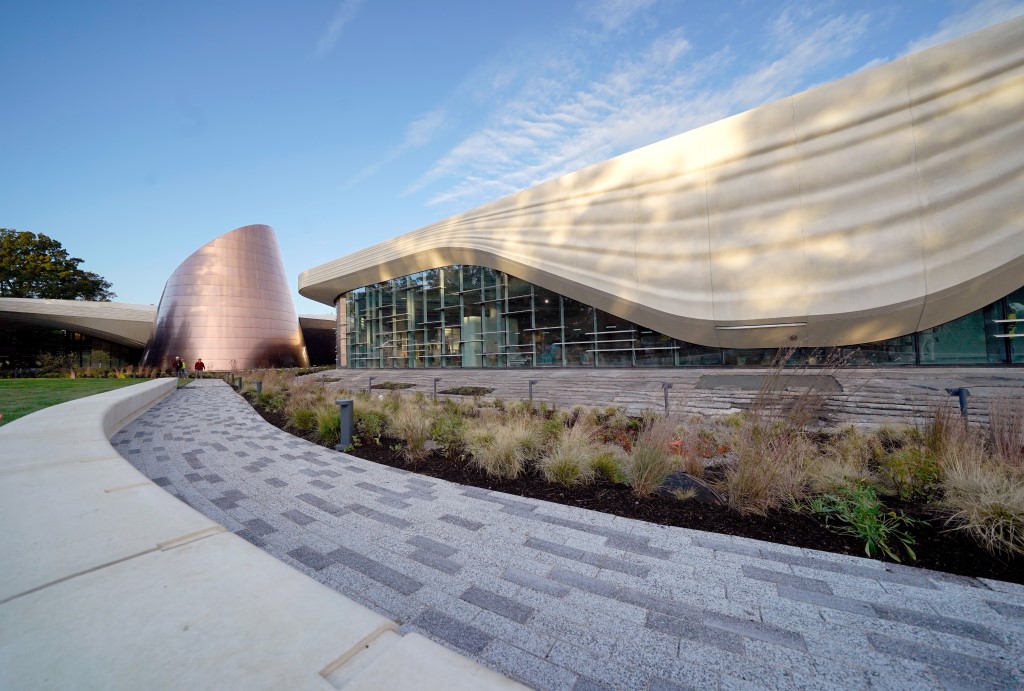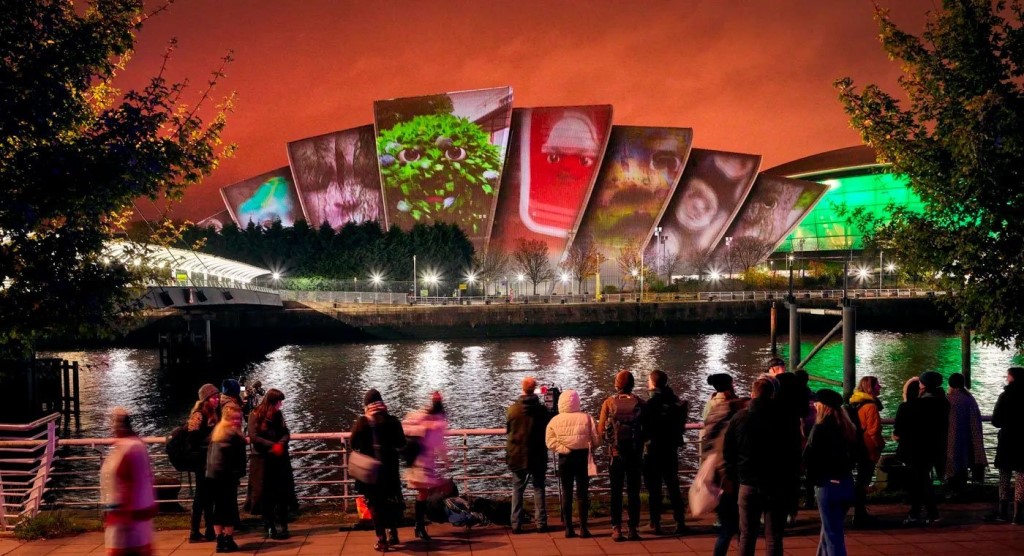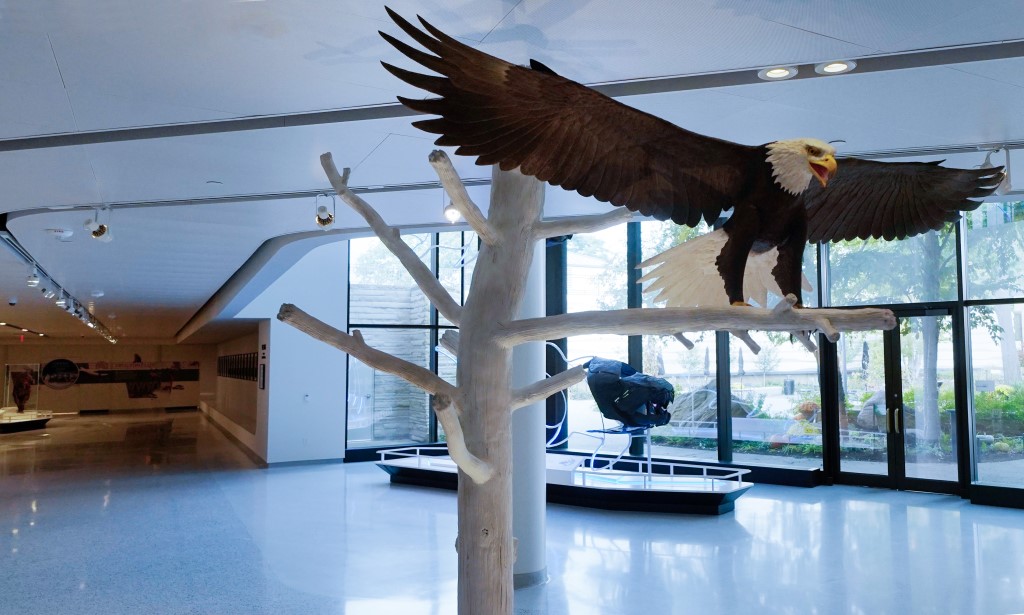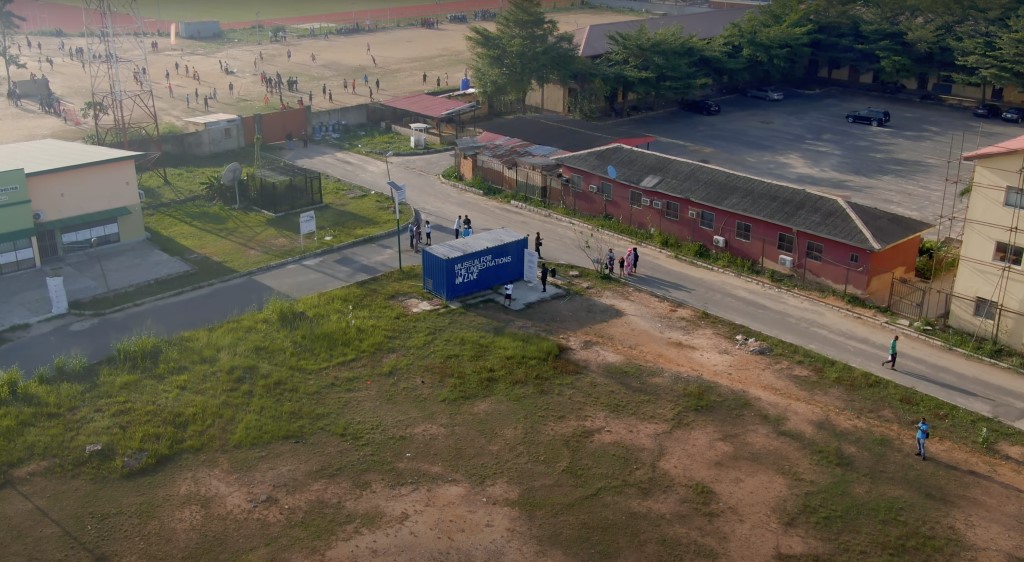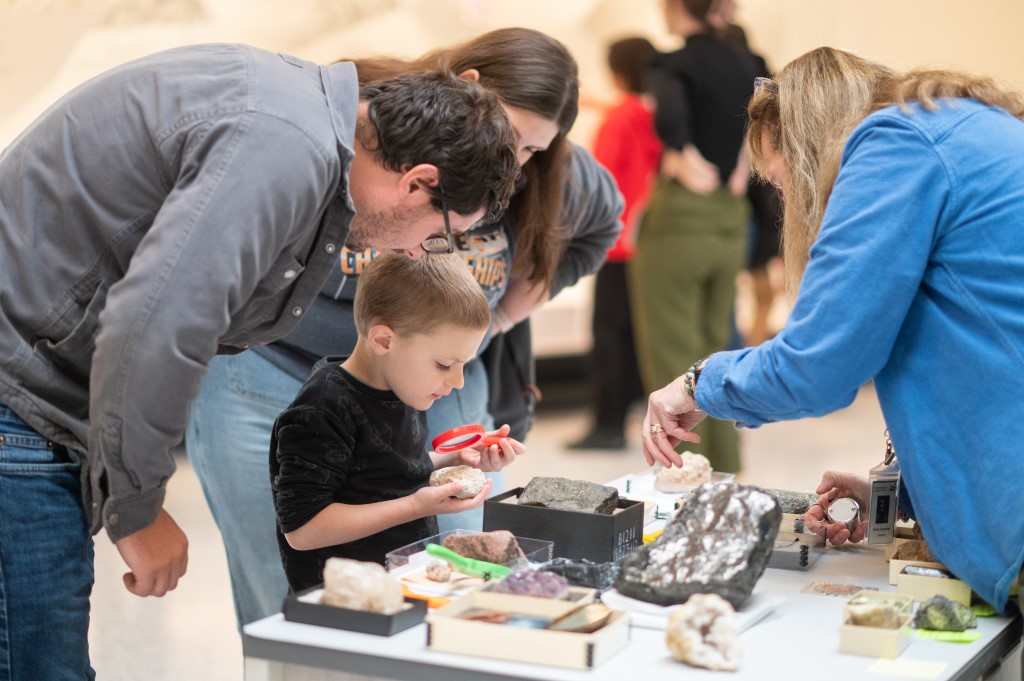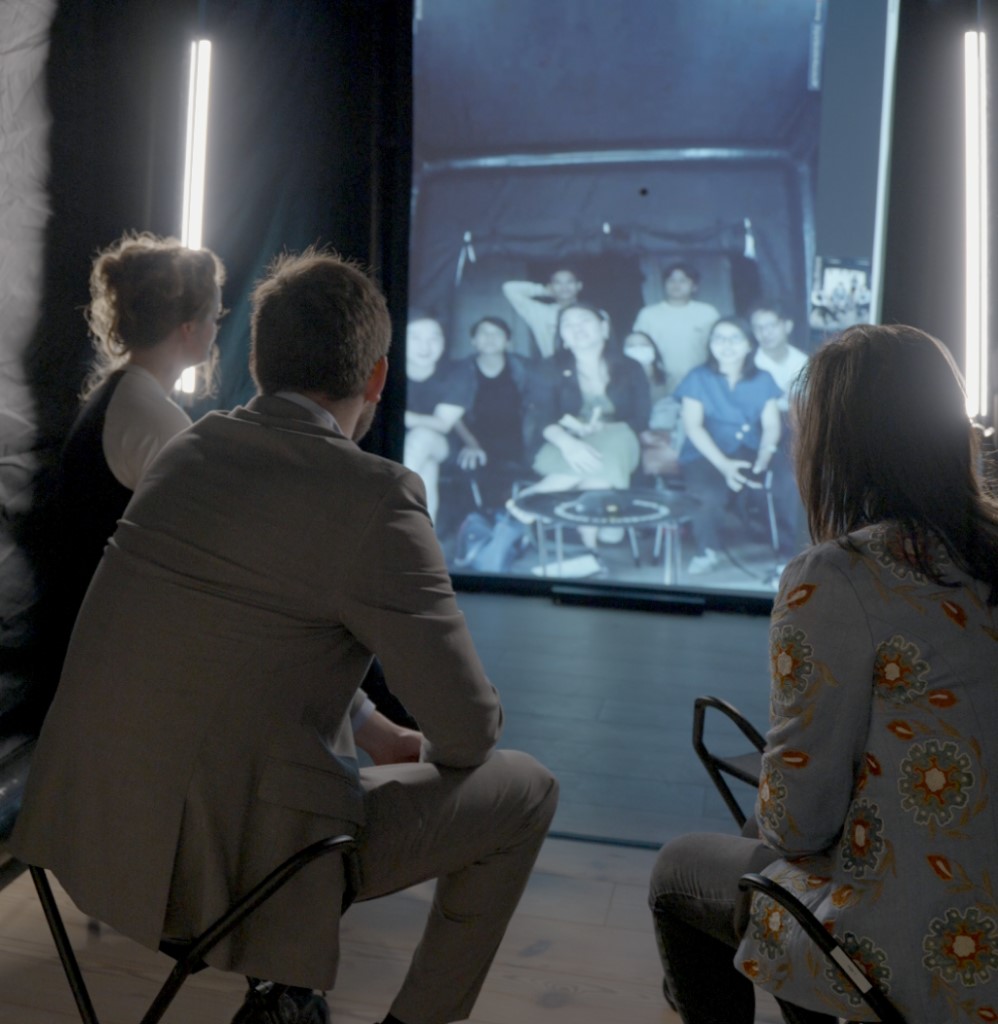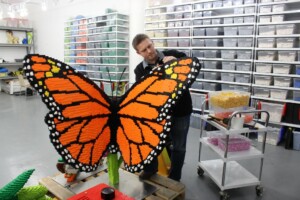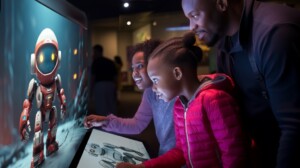Communicating the Arts (CTA) is an annual conference for cultural leaders from across the globe, who gather to share insights, discuss issues, and work together to find solutions. This year’s conference takes place in Paris from 2 to 4 April.
CTA 2024 Paris is expected to welcome 200 professionals through its doors. The theme for this year is Driving Positive Impact and Social Responsibility: Advancing Social and Sustainable Practices.
Within this theme, the conference will focus on how the arts sector can affect social and sustainable practices. The objective is to identify achievable actions that align the arts with wider societal and environmental approaches, seeking to strengthen the field’s dedication to ethical and sustainable growth.
Ahead of the event, we speak to Sonia Winner, director of the Cleveland Museum of Natural History (CMNH), and Annesofie Norn, head of communications and lead curator at the Museum for the United Nations – UN Live, who share their thoughts on how museums are in a unique position to create impact.
Winner will deliver the keynote presentation on day two of the conference together with architect Paul Westlake. Westlake is a renowned expert in museum design and planning. He has worked with Winner on the transformation of the Cleveland Museum of Natural History.
Norn is a keynote speaker on day three of CTA 2024. She will be speaking on how UN Live sparks global empathy, action, and change through the power of popular culture and dialogue.
The impact of museums
At first glance, the Cleveland Museum of Natural History and UN Live take very different approaches to their work.
The Cleveland Museum of Natural History building is currently undergoing an extensive expansion and redevelopment project. This will present the museum’s world-class collections within a visitor-centred experience designed to encourage inquiry-based learning. It is on target to open fully in December 2024.
“The whole campus of the institution has changed. It’s a 375,000 square feet complete reimagination of the Natural History Museum,” explains Winner. “When visitors come to the museum, they’re going to see more light. They’re going to see that nature is coming into the museum. But also, when they’re inside the museum, they’re going to have this idea that they are all part of the natural world.”
Unconventional experiences
The Museum for the United Nations, also known as UN Live, has a contrasting approach.
“We are an unconventional, independent, borderless museum. We do not have a physical building,” Norn explains. “UN Live was founded in 2014 to connect people everywhere to the work and values of the United Nations and help build a world where everyone feels agency to contribute to a positive future for people and planet. With no physical building, our exhibitions take place in people’s everyday lives. They meet and engage people where they already are: on their screens, via their listening habits, on the sports field.
“We believe that if we are to succeed in inspiring and engaging the many people towards positive action, then we need to tap into existing realities, people’s passions and identities, and then build on that.”
Many museums offer outreach projects and travelling exhibitions. However, UN Live, Norn says, takes a somewhat different approach.
“Our exhibitions also look quite different than other museums exhibitions. We always work in partnership with creatives, powerful organisation brands and popular cultural platforms. Through this, we catalyse large-scale cultural experiences.”
Importance of locality
Whilst these organisations take very different forms, the similarities between them run deep. For example, both have an acute understanding of the importance of locality and how this underpins the museum’s ability to create impact.
UN Live bases its programming on behaviour change science, which builds on the power of popular culture and localised understanding.
“We know that popular culture can change norms, behaviours, and opinions,” Norn explains. “Also, we believe that these inclusive experiences can encourage people to discover new ways and roles in the world and create that stronger sense of agency that we are looking for.
“We are much more likely to take people on a journey of change and inspire a sense of urgency if we know what people already believe in and what cultural norms they’re formed by. And this is really different from location to location.
“Understanding who you are working with comes first. Our programs are designed around the idea of a voice and experience that people already trust and feel passionate about.”
Institutional authenticity
Winner says that the reimagined space at CMNH will create a clearer connection to its locality.
“We [previously] haven’t been able to create those spaces where people can come and ask questions or come and understand how proud they should be of Ohio.”
“I feel very strongly that our building could not be built anywhere else on the planet Earth,” she continues. “A really important message to send to other institutions is to be authentic to yourself, to your region, and what you should showcase, and to be proud of those assets. It’s important that people come in and feel a sense of pride about their community, but also have that opportunity to ask questions in a meaningful way about what they see in nature.”
Human-centred narratives
Likewise, both organisations seek to place people at the heart of their programming.
“I think that the most compelling part of what we’ve done in our museum is that it is about humans. We’re putting humans at the centre of the story. It is a very integrated experience in telling the role of natural history, and that we can be a source of good on the planet, and that the story of life is really important,” says Winner.
“We’re really trying to connect people so that they understand that science is all around them. But more importantly, we really need to take care of all living things that are part of our planet. And if we don’t, and we don’t think about biodiversity and species and extinction, our own species really is at peril.”
She adds that the museum is not seeking to scare its visitors with information about climate change. Rather, it emphasises that “we may have the tools already to solve some of the problems that we’re having.”
“For example, bald eagles were brought to almost extinction in the 1970s because of DDT,” she explains. “And our museum brought them back. It’s a story of success, that humans harmed the environment and created a place where eagles couldn’t survive, but then found solutions. Now, especially here in this area, we see eagles almost every day. It’s amazing to be able to say that we can be part of the solution.”
Imagination crisis
Norn adds: “The world, as we know, is really at a tipping point with so many interconnected crises, including climate crisis, conflict, and increasing inequality, but also a lack of empathy and, as the writer Amitav Ghosh says, an imagination crisis.”
“We believe that to avoid irreversible damage we don’t need to only tackle these very clear crises, but also the underlying imagination crisis. These are fundamental ideas about who we are as human beings, and how we are connected between us and with nature. We need to create experiences to help people understand and sense that we are connected to a ‘global we’.”
UN Live’s ‘Global We’ programme launched in 2022 and has since brought together around 10,000 participants. Supported by MIT Cortico, these conversations were analysed through AI and deep human listening. They clearly demonstrate that if the silent majority had a proper say, the global climate crisis would be guided by empathy, social justice and human well-being rather than technical fixes and economic concerns.
Creating connection
“The ‘Global We’ created an infrastructure that could create a tangible experience of how we are all connected. It works towards creating that sense of heightened empathy as a basis for changing some of these bigger issues,” explains Norn.
“The programme consists of repurposed shipping containers that we put out across 22 different countries. Currently, we have fewer active containers and are in the process of looking for new host partners. They use high-end immersive audio-visual equipment to join another container. This provides a full-scale, lifelike experience of meeting people in other locations.
“We have been connecting refugee camps in Erbil [Iraq] with climate activists, indigenous climate activists in Alaska, rappers in Brazil, scientists in Denmark, you name it. It goes on and on. We’ve worked with very different organisations, from Natural History Museums to artist-led initiatives, each with their own way of working and engaging their audiences in these containers.
“Part of this programme is to facilitate direct dialogue between unheard voices from the global majority and people trusted with power. For instance, at COP27, we had a portal where young climate activists from diverse locations could meet politicians and negotiators to share recommendations and first-hand experiences.”
Driving museum impact
The Cleveland Museum of Natural History’s ability to create impact, Winner says, is underpinned by a sense of trust in the organisation.
“We conducted a national poll that showed 90% of Americans want to learn more about science. They think it’s important, but more than half think they’re falling behind. And about a quarter of people do not understand that the Earth revolves around the sun.”
“Most people trust scientists, far more than they trust politicians or social media. Not enough science reporting is going on. And so, we really want to fill that gap that people have in knowledge. People want to know more, but they don’t know where to go. We’re going to have more programming that helps people understand what’s going on in the world, and their role in helping to find solutions.”
Long-term engagements
Norn shares how UN Live works to break down barriers to action and develop long-term engagements to enhance impact:
“We embed the invitation to take an action into the experience. But we also make sure that the action is feasible. It takes into account what opportunities people have, but is also meaningful in terms of real impact.
“For instance, you need to know what environment you’re working in. If a real issue is a lack of water in one location, a feasible meaningful action would be to ask people to save water and connect that to that cultural experience. While in another location, it might be a very different action.
“Habits are a strong beast. So, being able to work with people over a long period and constantly expose them to a new way of behaving is also one of the foundational mechanisms you need to take into account when inviting people on a journey of change.”
Positive outcomes
Winner shares the breadth and depth of the Cleveland Museum of Natural History’s impact.
“Quantitative things are always important,” she says. “We serve schools all over the globe in a distance learning program – particularly in health education. “But I think the best story of what we do is we plant little seeds in people. They may not become scientists but are more aware of their role in contributing to the health of the planet.
“There was a little boy who went to our summer camps. He loved it so much that when he went to college he majored in science. He is now president at the American Museum of Natural History, Sean Decatur.”
Museum impact: making climate change tangible
Norn, meanwhile, describes how UN Live’s programme inspires change around sustainability.
“Sustainability in relation to climate and climate activism has been a line through our programs since I came to UN Live. We started out with a programme called ‘My Mark My City’, where we engaged with youth, climate activists, artists, and social activists to come up with ideas for how to solve issues around sustainability in their cities. That has created the sparks for some of these large-scale ideas that we have now.”
“Last year, we worked with the Natural History Museum in London on a programme called ‘My Body, My Planet’. In this, we did prototyping and testing in Nigeria, India, Brazil, China and the UK. This brought together groups of experts across culture, climate and health to understand how we might use the angle of health as a hook to make climate change more tangible to people.
“Climate change communication can be quite abstract for many people. But health is very tangible – such as air pollution and how that’s influencing our lungs.”
Looking to the future
What should museums do to enhance their ability to drive positive outcomes and have a good impact?
“I don’t believe that there’s one single museum action that can have the most impact. There are no universal solutions,” says Norn. “Instead, there’s only local. I would recommend each museum explore its unique role for its community, what stories they already tell, how they can build on these stories, and how they can connect them to real actions.
“What is unique about museums is that they tell stories. They gather people around ideas of who we are, where we come from, our values, and where we are going. So, it’s also really about daring to be specific about your unique offers to the world.
“We need to create something specific and meaningful and build on some of the unique knowledge and powers of different cultural institutions. I think many museums already work this way.
“But the first thing is to recognize the unique role and power that museums have in our societies, and use that to be an agent of change.”
Winner recommends that museums prioritise equality. She says: “The most important thing is to have access to museums. We need to make them as affordable and free as possible.
“Because every kid, every adult, every person deserves to understand the world around them, and to understand their own health and the health of the planet. And it’s incredibly unfair when we don’t have that equal playing field.”
Communicating the Arts 2024 explores how museums can have a positive impact
Talking about CTA 2024, Norn says:
“I think that over the last 10 to 15 years, there has been a huge change in the arts and cultural sectors’ understanding of itself as an agent of change. It has the ability to unleash what it is best at, that no one else can be doing in our world or in our societies, which is creating shared stories and experiences across various different formats of arts and culture. Through this, we can reach people’s minds and hearts and take them on a journey of change.
“CTA is bringing together more than 200 thought leaders that have exactly that focus. This specific interest, in the intersection of culture and arts driving impact in society, is an immensely exciting place to be discussing, debating, learning being inspired across different ways of using culture. And then with this shared focus on impact, it’s an incredible opportunity.”
Winner reflects: “I think that anytime that I can share ideas, I learn. I think that it’s really important for all of us to be open and to be listening to other conversations.”
In particular, she is looking forward to sessions about health and resilience. “But I’ve learned from other places there are careers in museums that many people should consider,” she adds. “A really important part of access to museums is making sure that you reflect the community in your professional workforce. I’m interested in hearing from museums about how they’ve done that successfully.”



